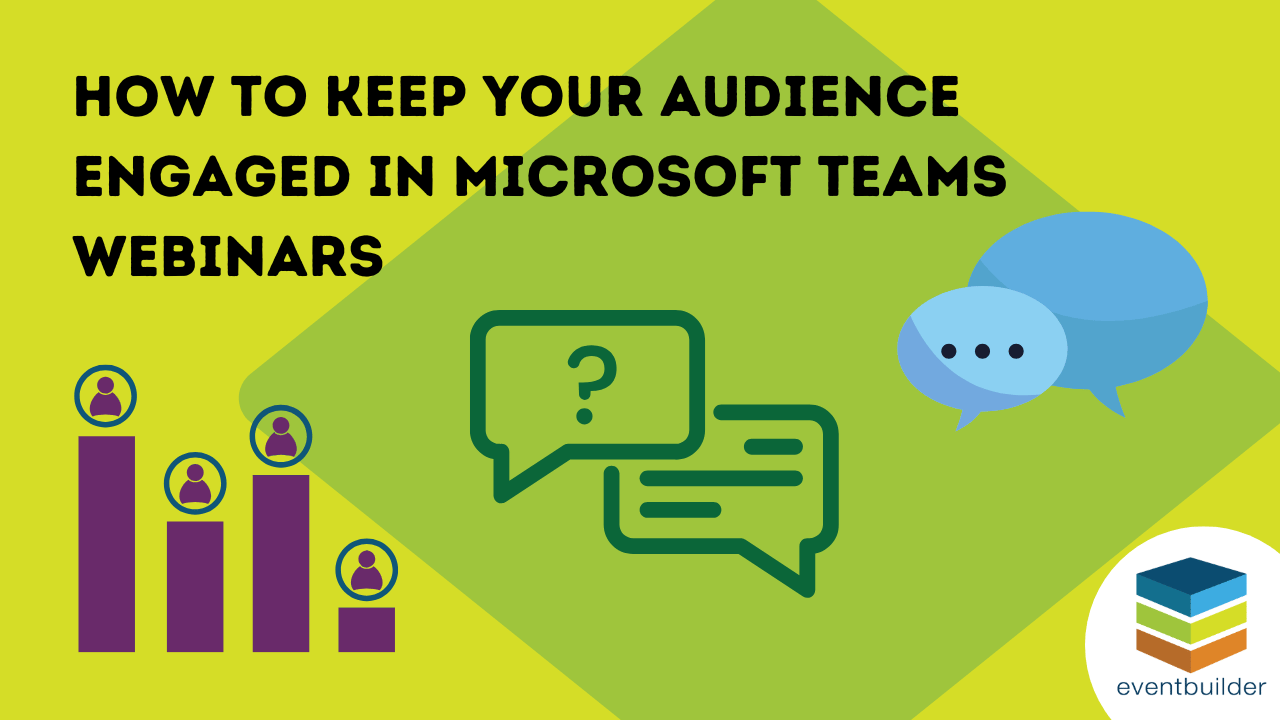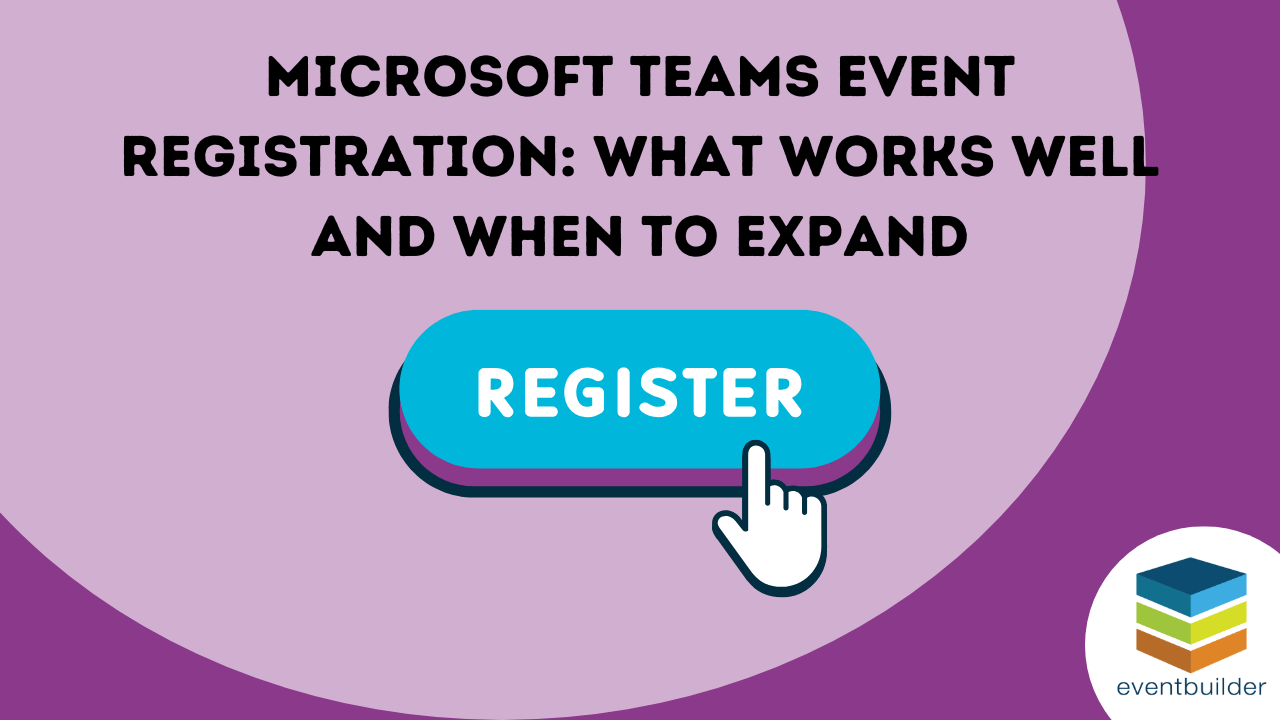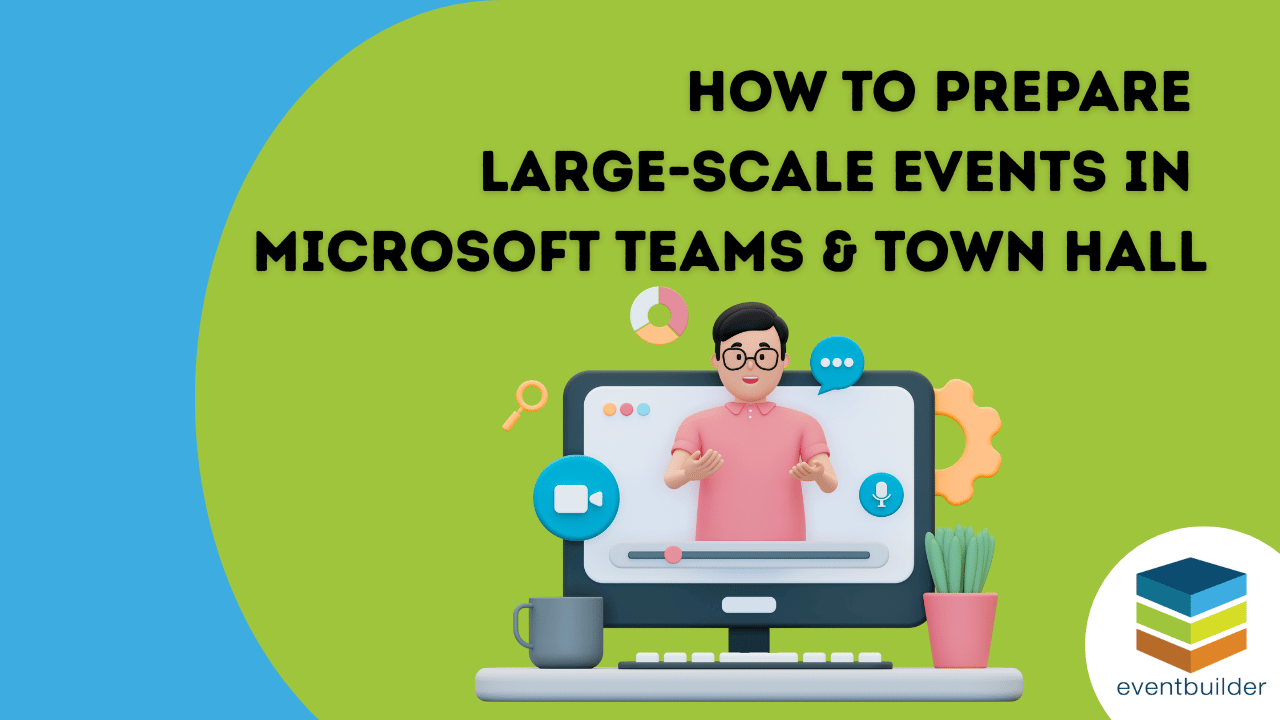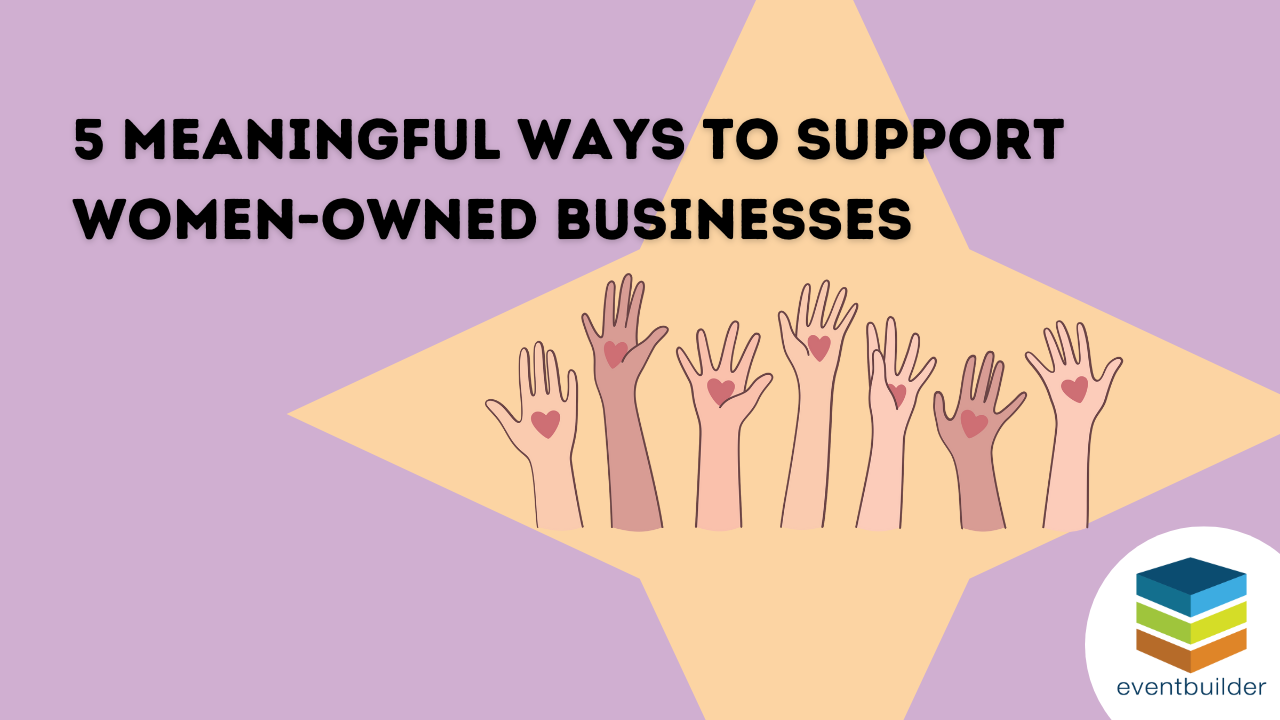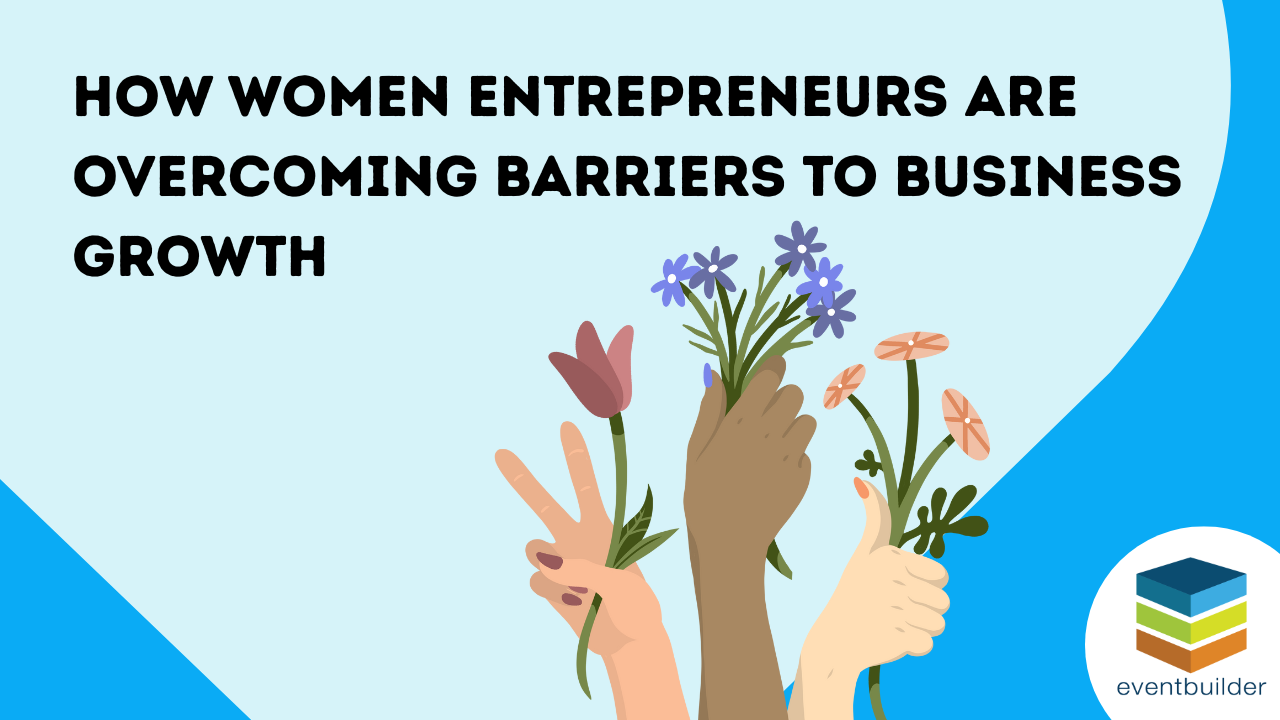Microsoft Teams Webinar Engagement Guide for Stronger Participation
A Practical Guide to Creating Interactive, High Performing Virtual Events on Microsoft Teams Your Teams webinar or Town …
Microsoft Teams Event Registration: What Works Well and When to Expand
If your team uses Microsoft Teams for webinars or virtual events, the registration setup shapes almost every part of the …
Custom Branding in Microsoft Teams for Professional Corporate Events
Reviewed by Georgia Dawson, Special Event Services Specialist Why Event Branding Matters in Microsoft Teams Branding sha …
How to Prepare Large-Scale Events in Microsoft Teams & Town Hall
The Stakes Are High for Large Teams Events You’ve spent months preparing for your company-wide Town Hall, executive summ …
5 Meaningful Ways to Support Women-Owned Businesses
More Than a Purchase: Your Role in Building an Inclusive Economy Over the past two posts, we've honored the history of w …
How Women Entrepreneurs Are Overcoming Barriers to Business Growth
Women Leading Innovation Every October, National Women’s Small Business Month reminds us of how far women entrepreneurs …
How the 1988 Women's Business Ownership Act Empowered Entrepreneurs
Did You Know? Until 1974, women in the United States couldn’t apply for credit in their own name—unless a male relative …


